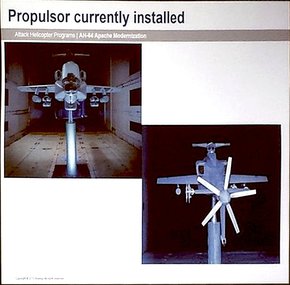Todjaeger
Potstirrer
On re-reading the line which was apparently causing an issue, I can see how the some would miss what I was implying since I failed to state it clearly, even though the discussion has been about MPA in a military aviation thread, in an Aviation category."the lack of direction from a gov't with experience in ASW operations"
I wish you'd stop doing this. You're putting forward solid arguments then you throw in something like this. Sweden had a gap in airborne ASW capability after retiring its ASW helicopters in 2008 (replacement began in 2015 with the delivery of the first of nine new ASW helicopters), but it has plenty of experience in ASW operations, & in unusually difficult conditions.
To clarify, what I should have posted is;
"the lack of direction from a gov't with experience in ASW aircraft operations"
Now, even within ASW aircraft operations, there are some similarities and quite a few differences in capabilities between fixed-wing and helicopter ASW aircraft which also impacts how the ASW aircraft would be operated.
Please also keep in mind that I am not out to promote a particular company or platform, nor denigrate a competing company, platform or aircraft concept. Rather I am trying to convey that aircraft which carry out such technically challenging tasks like ISR, ASW or MPA operations complex pieces of kit which are difficult to design, assemble and integrate so that the various mission systems provide the functions as required. In specific case of Saab and the Swordfish/Global 6000 MPA concept, Saab lacks history and experience designing MPA aircraft, so I therefore automatically consider any capability claims from the manufacturer suspect until an actual full prototype is assembled and able to undergo testing. In point of fact, I would consider claims and computer-generated images from companies with experience designing MPA questionable until a unit was available to start testing and proving those claims correct.
Now from perspective, Sweden is not a country I would consider at this point to be particularly skilled in airbourne ASW operations. ASW operations of all types (rotary, fixed-wing, surface and subsurface) requires specialist skills which are perishable and IIRC the ADF noticed a decline in the ASW effectiveness of the Orion crews after a few years of lesser emphasis on sub-hunting in training and exercises. For a country like Sweden, which has had ASW-capable helicopters for less than three years after a hiatus of seven years, it will likely be several more years before the helicopter crews are really proficient in sub-hunting. The potential value to Saab of any input from current/former Swedish Armed Forces fixed-wing MPA crew would IMO be even less than that of the current ASW helicopter crews, since it has been about 13 years since Sweden retired their SH 89 MPA, which was a version of the CASA C-212-300 Aviocar that Sweden retired in 2005.

